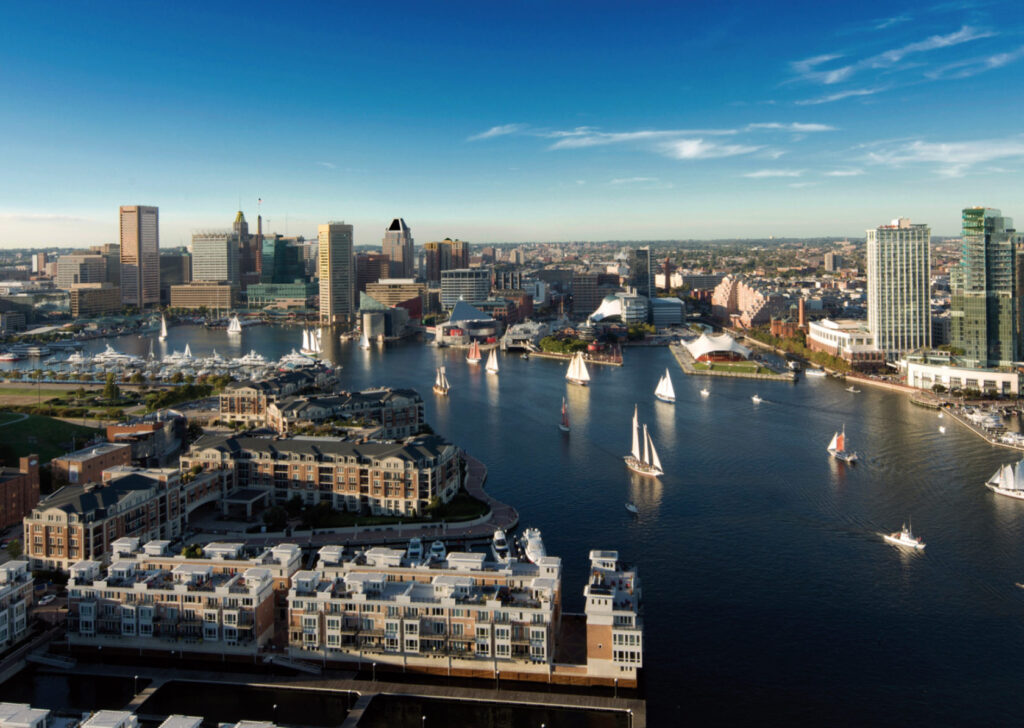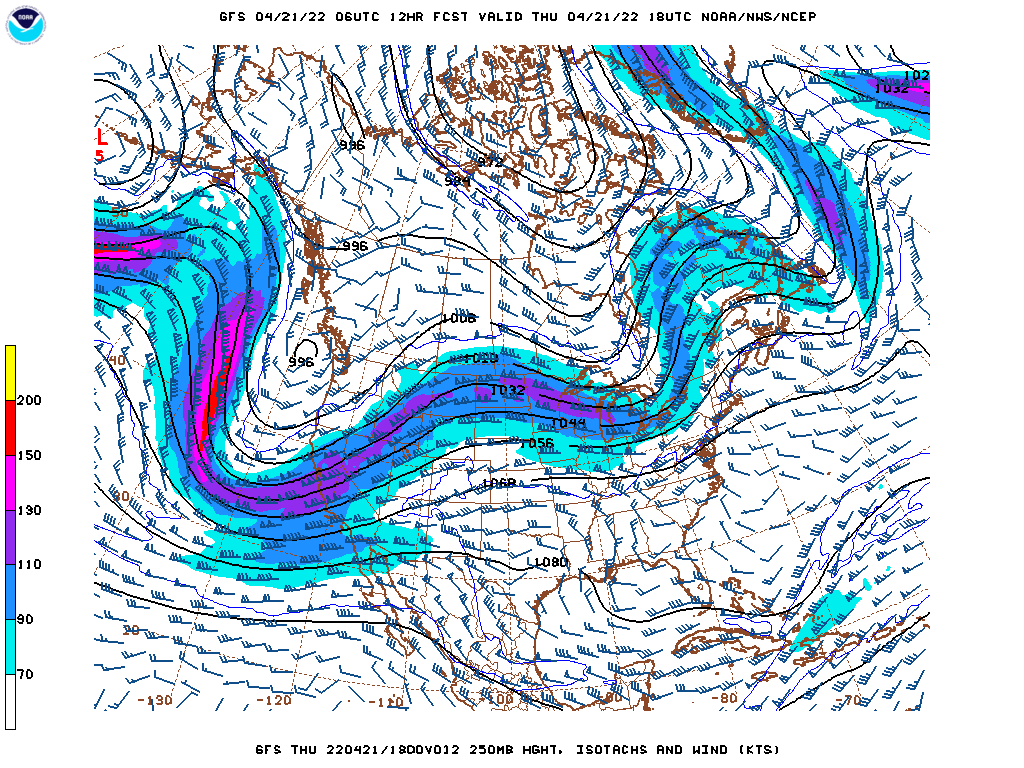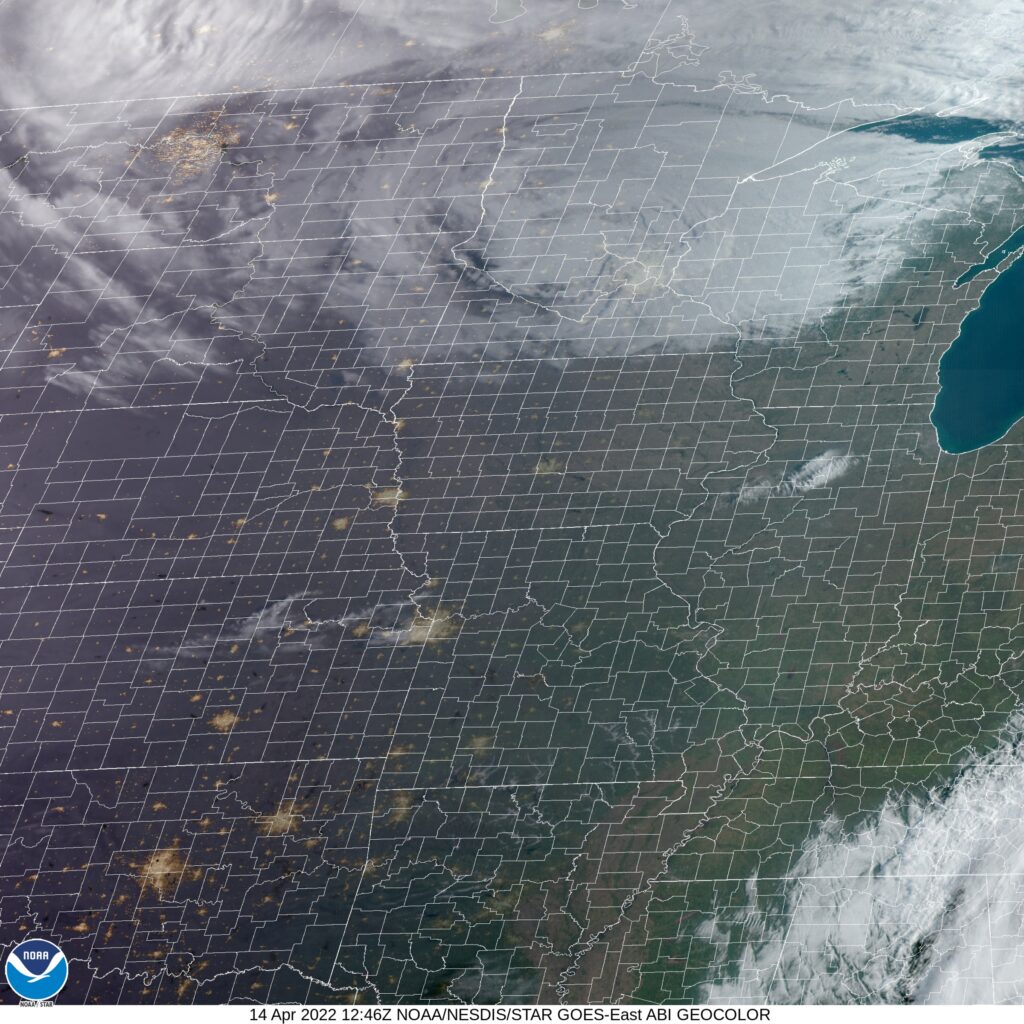The weather has certainly been active this spring, and especially so if you consider how busy the Storm Prediction Center has remained since December of last year. Fortunately, since the devastation wrought in western Kentucky, southern Illinois and many places surrounding, we haven’t seen the type of devastation that stays in headlines for days.
That’s not to say the storms have been any less violent so far this year. In fact, there was an EF-4 tornado last month that swept through Winterset, Iowa, claiming the life of 6. That was as strong as the Mayfield, Kentucky tornado. The substantive difference is that Winterset is not as large a town as Mayfield, but the Winterset tornado also did not have as long a track as the western Kentucky storm.
A look at the tornado tracks this year show that, while there have indeed been many twisters this year, most of them were weak, and a lot of them were in Dixie Alley.
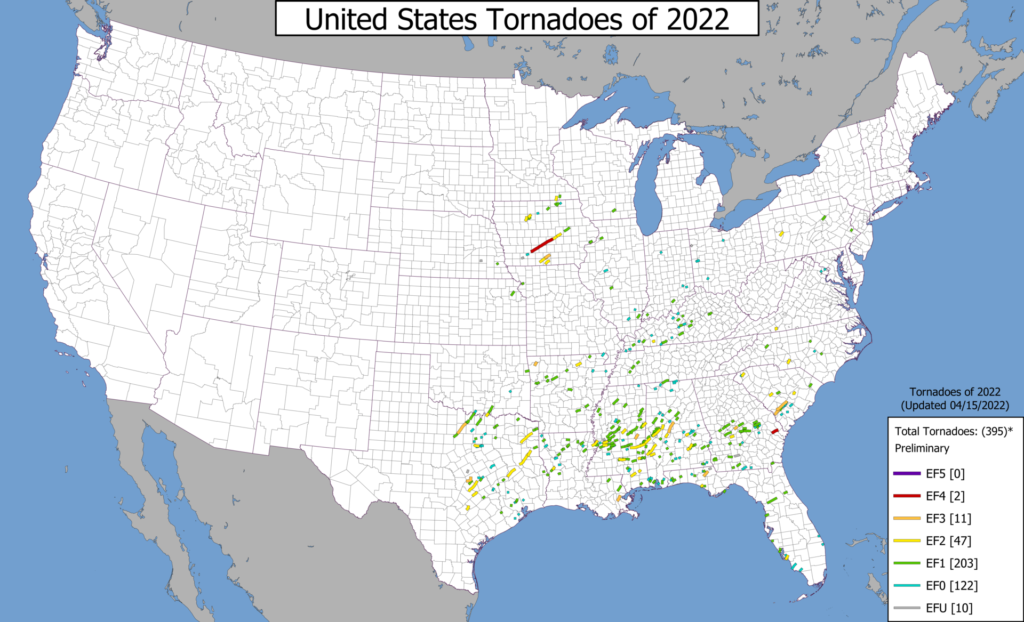
By and large, those storms are avoiding the largest population centers, and haven’t been particularly virulent, as tornadoes go.
The pending change is twofold. First, tomorrow, the threat for significant weather targets an area including Tulsa and Wichita. Over the weekend, the threat includes the Dallas Fort Worth area. In general, the storms are going to affect a more populated area. Second, the storms are going to possess a notably higher threat for strong tornadoes. The hatched area in the SPC’s outlook for tomorrow indicates a threat of large (EF-2 or greater) tornadoes in an area. Those are big twisters dangerously close to Kansas City and Oklahoma City, potentially.
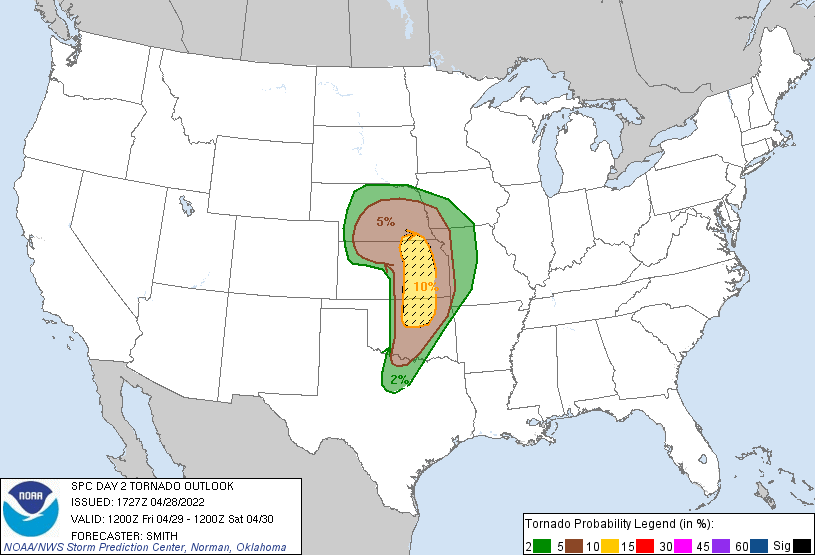
Big storms in more populated places remind us that we are definitely in severe weather season, and it is time to keep an extra eye on the sky.

